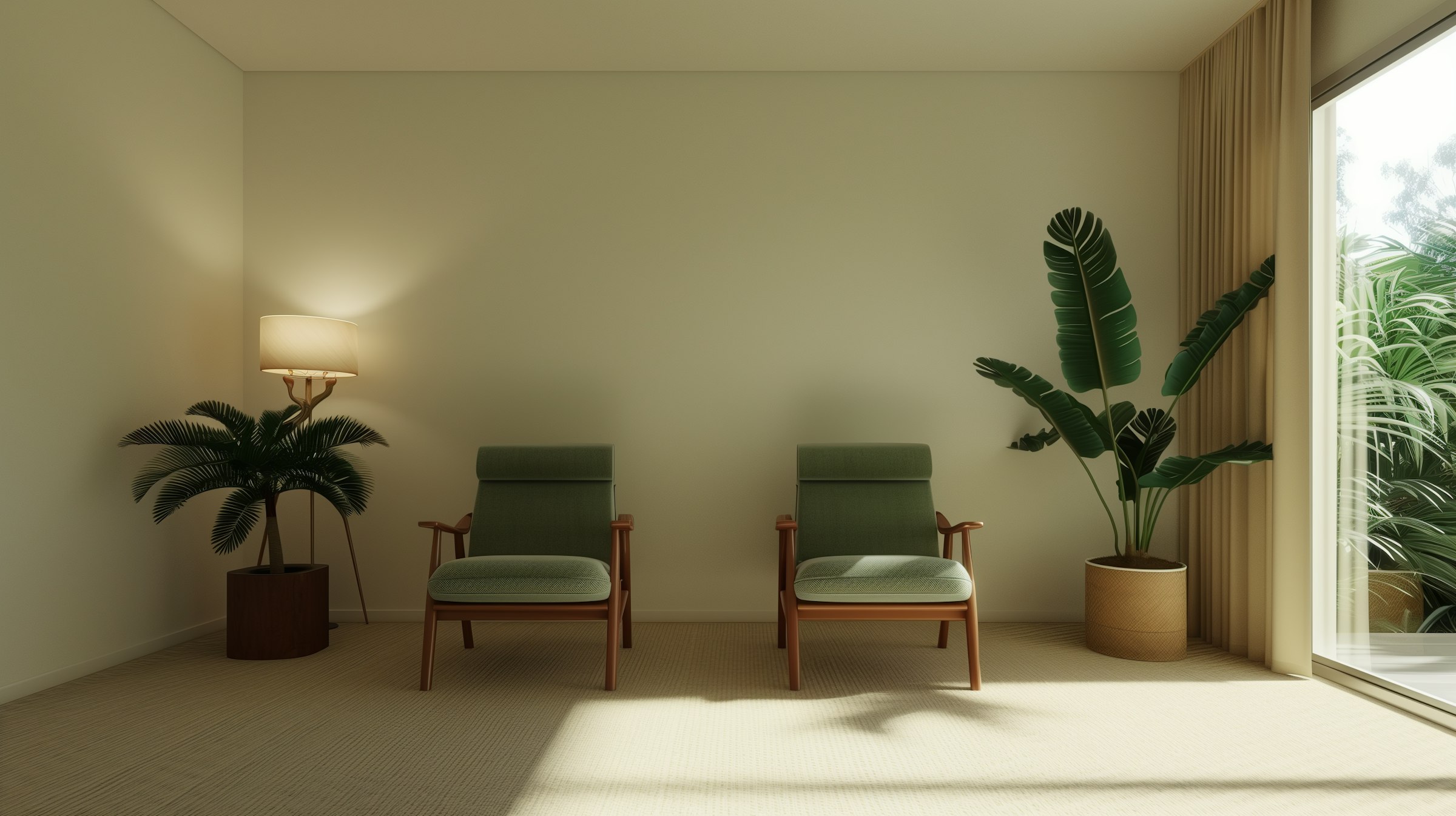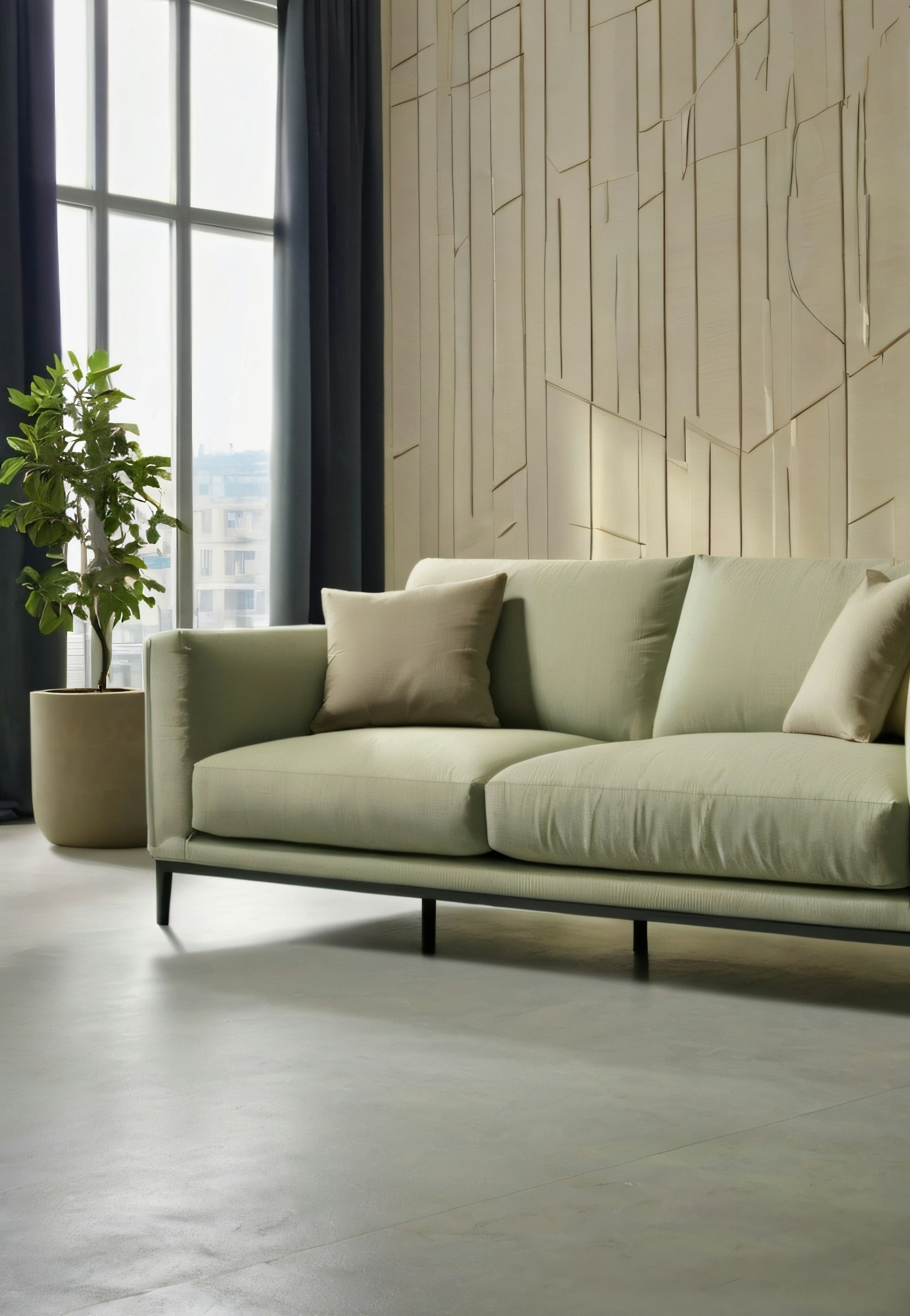November 16, 2024
Redefining Sustainability: How Green Design is Evolving

Sustainability has become an essential principle in modern architecture, yet it is constantly evolving to meet the growing environmental challenges and the demand for more energy-efficient, resilient buildings.
Green design has transitioned from being a niche trend to a mainstream focus that influences everything from residential homes to large commercial projects. This evolution is not just about using eco-friendly materials or renewable energy, but about rethinking how buildings are designed, constructed, and maintained to minimize their environmental impact.
In recent years, architects and designers have pushed the boundaries of sustainable design to incorporate new, innovative technologies and strategies. Building materials are now selected not just for their aesthetic appeal or functionality but for their environmental footprint. Materials such as recycled steel, sustainable timber, and low-emission concrete are becoming the standard in the green building movement. Additionally, architects are increasingly focused on designing buildings that are adaptable and flexible, able to respond to climate change and evolving needs. The integration of smart technologies, like energy management systems and climate-responsive designs, is helping to optimize the use of resources and improve efficiency.
The focus has also shifted from merely reducing a building's carbon footprint to creating a positive environmental impact. Green buildings today prioritize regenerative design principles that contribute to the ecosystem, such as green roofs, vertical gardens, and water harvesting systems. These initiatives aim to not only minimize waste and energy consumption but to create spaces that give back to nature. Additionally, more emphasis is being placed on creating buildings that improve the well-being of their occupants, integrating biophilic design elements that connect people with nature and provide a healthier, more productive environment.
Looking forward, the future of green design holds even greater potential, as sustainable practices become increasingly integrated into the entire lifecycle of a building. From early-stage planning and design to construction, operation, and eventual deconstruction, sustainability will continue to drive the evolution of architecture. As the demand for greener, smarter buildings grows, the architectural community remains committed to redefining what it means to build responsibly for a sustainable future.
